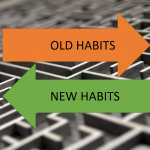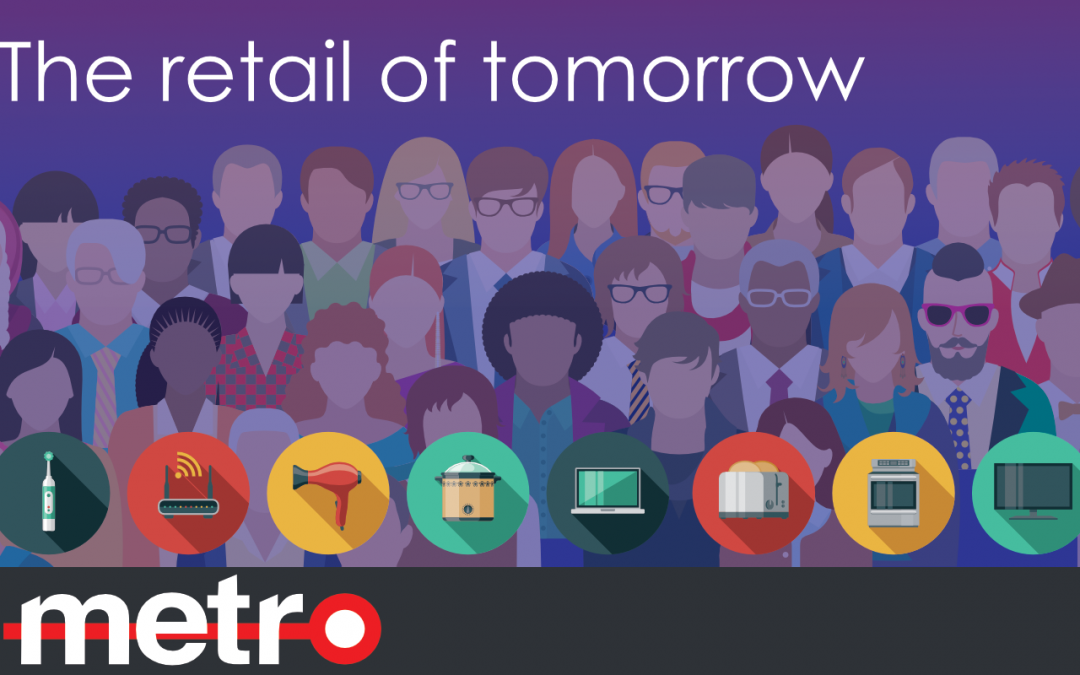With England now in its second lockdown, and other parts of the UK coming out of local restrictions, it’s really not easy keeping up with how things are changing and in turn keeping retail teams up to speed with new regulations and informed as to what these changes mean for them.
Mix Coronavirus symptoms in with the traditional winter cold and flu season, the next few months have the potential to massively complicate staff scheduling and staff management as common cold symptoms lead to unplanned absences and staff quarantine whilst they await COVID-19 test results to come back, and that’s before we even start to think about how customer shopping habits are changing.
For those retailers that can stay open and trade as normal (if anyone can remotely consider the past 9 months anywhere near normal), they will surely be wondering if this second lockdown will bring with it more panic buying, or will customers decide to avoid germ-laden stores altogether and instead head online for all their shopping needs opting to have them safely delivered to their door?
Talking this week with Philip Adcock, Managing Director of Adcock Solutions (our ‘go-to’ guy for all science-based customer insights) he posed an interesting question:-

If shopping habits are changing, is your shopper marketing ready for the ‘retail of tomorrow’? Because let’s face it, the ‘retail of yesterday’ isn’t coming back any time soon!
Phillip went on to explain that although shopping for groceries is essential for most of us, it’s also surprisingly hard work. He knows from his own research undertaken by having shoppers shop for grocery items whilst in an fMRI scanner, that it takes considerable mental effort to do a ‘big shop’. And furthermore, as regular shoppers, we have developed mental shortcuts to deal with the cognitive effort required for regular trips to the supermarket or .com grocery site. These mental shortcuts are better known to us as habits.
In other words, supermarket shopping, either in bricks and mortar or online has become a bit of a habit: Something we need to assign a minimal mental resource to and that our brains ‘automatically’ handle for us – incidentally, that’s partly why most people have a preferred supermarket: Because they find it more familiar and less mentally taxing to shop (and is probably why we throw our hands up in despair when stuff gets moved about to accommodate new seasonal ranges like Christmas!). Understanding shopping habits should be a key aspect of shopper marketing – something retailers should think differently about now, which they don’t seem to be doing.
So, let’s explore habits a bit more. It’s been widely accepted that it takes around a month, or 28 days to develop a new habit. But a recent study by the University College London quantified that on average, people who were actively trying to learn new habits such as eating fruit daily or going jogging took a depressing 66 days before reporting that the behaviour had become unchangingly automatic.
Shopper marketing leads to habits – When it comes to changing habits, it is necessary to understand something about our own brains: Firstly, changing habits is hard because, according to Philip, our brains are lazy; we’re all ‘cognitive misers’, our brains are designed to take short cuts, making as many behaviours as possible, automatic. As psychologist Ian Newby-Clark says: “What would be the point of having a habit that didn’t free up your mind to focus on more pressing matters?” Habits are meant to be difficult to change.
But the COVID-19 crisis is starting to change shopping habits right now. For many of us, the weekly trawl round the supermarket or visit to the online store had become somewhat habitual. 60% of supermarket purchases were typically ‘Grab & Go’: That means they were habitual repeat purchases, mentally processed by ‘System 1’ in the brain which operates automatically and quickly, with little or no effort, and no sense of voluntary control – it’s why ‘favourites’ exist or items are suggested when shopping online. Reportedly, more than 90% of online grocery purchases were selected from the favourites list and so qualify again as being repeat purchases (habitual).
Quite often, the aim of shopper marketing is to tap into habitual shopping behaviour in order to change it. Habits are based on mentally easy responses to needs. “The chains of habit are too weak to be felt until they are too strong to be broken,” Dr Samuel Johnson observed gloomily.
Before COVID-19, there were 3 statistics that were relatively consistent across most grocery shopping:
- 60% of grocery purchases were Grab & Go (System 1) – System 1 in our brains operates automatically and quickly, with little or no effort and no sense of voluntary control.
- 40% of the footfall would actively consider between different items at shelf (System 2) – System 2 in our brains allocates attention to the effortful mental activities that demand it, including complex computations. The operations of System 2 are often associated with the subjective experience of choice and concentration.
- Impulse purchasing accounted for as much as 35% of all purchases.
The Definition of a System 1, Grab & Go shopper is of a person that isn’t so much shopping, more they are simply replenishing. They select products out of habit and by using sub-conscious prompts and triggers. Once a product is a habit-locked purchase, you need serious disruption to change behaviour. But today, right now in the midst of this global pandemic we think differently when we shop: Can I buy toilet rolls? how many will they let me take? Sod the brand, I just want loo rolls! We are now shopping much more using System 2, which allocates attention to the effortful mental activities that demand it. The operations of System 2 are often associated with the subjective experience of rational choice and concentration. System 2 considered the rational aspects of your shopper marketing.
All those hard-won and hard-wired System 1 driven habits of shoppers instinctively buying Andrex, Nescafe, Persil, Kellogg’s, etc. are dissolving by the day. As we anxiously worry our way through the supermarkets, mentally we are working very hard: And it hurts our brains to do this. So, shoppers will be actively devising cunning ways to lazily shop in this new world.
As mentioned earlier, it takes 66 days for a habit to effectively form/change or break. 66 Days is just over 2-months from now. Some say that we will be seeing light at the end of the Covid-19 tunnel by then. Whether or not that is true, in just a couple of months from now, many brands will have lost some or all of their habitual, emotional pull on shoppers and consumers.
And that presents a huge opportunity for retailers to help shoppers make better decisions, at the point of purchase, at the shelf edge. Whether that means positioning and promoting products in the most effective way, by choosing the most sensible computational price point, or by using the best messaging and emotional content to support the brand, if you are not viewing your shelf edge as the most valuable real estate in-store, you risk missing one of the biggest changes in shopping habits retail will have seen in decades.
Retailers and brands alike can benefit from understanding habits, emotions and brand loyalty, (from a System1, System 2 perspective). We need to start looking at how we can use shopper marketing to form new habits that benefit not just shoppers, but also our brands, categories, and stores. Waiting for the end of the crisis and then assuming shoppers will be the same as they used to be, risks not being part of the new habits of shopping. Habits form by making things easier for our brains and taking away any friction from the purchase process. Simply put, you are much more likely to become the preferred, habitual repeat purchase if you are the mentally easiest to buy.
Not for a very long time have we had the opportunity to develop and nurture new and better shopping habits: Better for shoppers, better for brands and better for retailers too. Every shopper, consumer touchpoint and aspect of shopper marketing needs to be looked at from a cognitive load perspective to understand just how likely you are to be part of these new habits. Because according to science, one thing is for certain: Old habits are changing, probably dramatically. You cannot rely on old shopping habits anymore and that’s something we all need to think about. Please, get in touch to discuss how RMS can help your business ride these winds of change.

Recent Comments